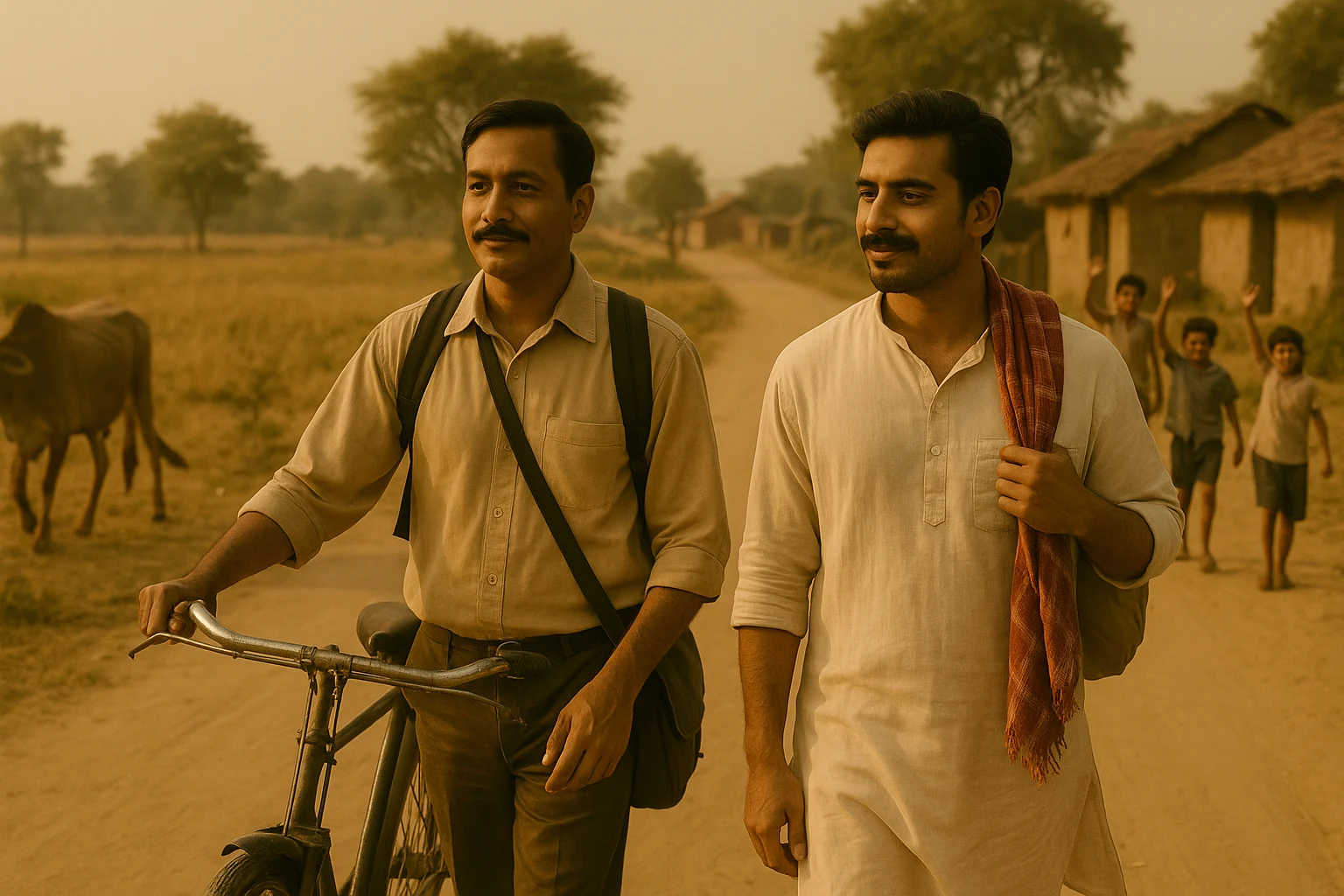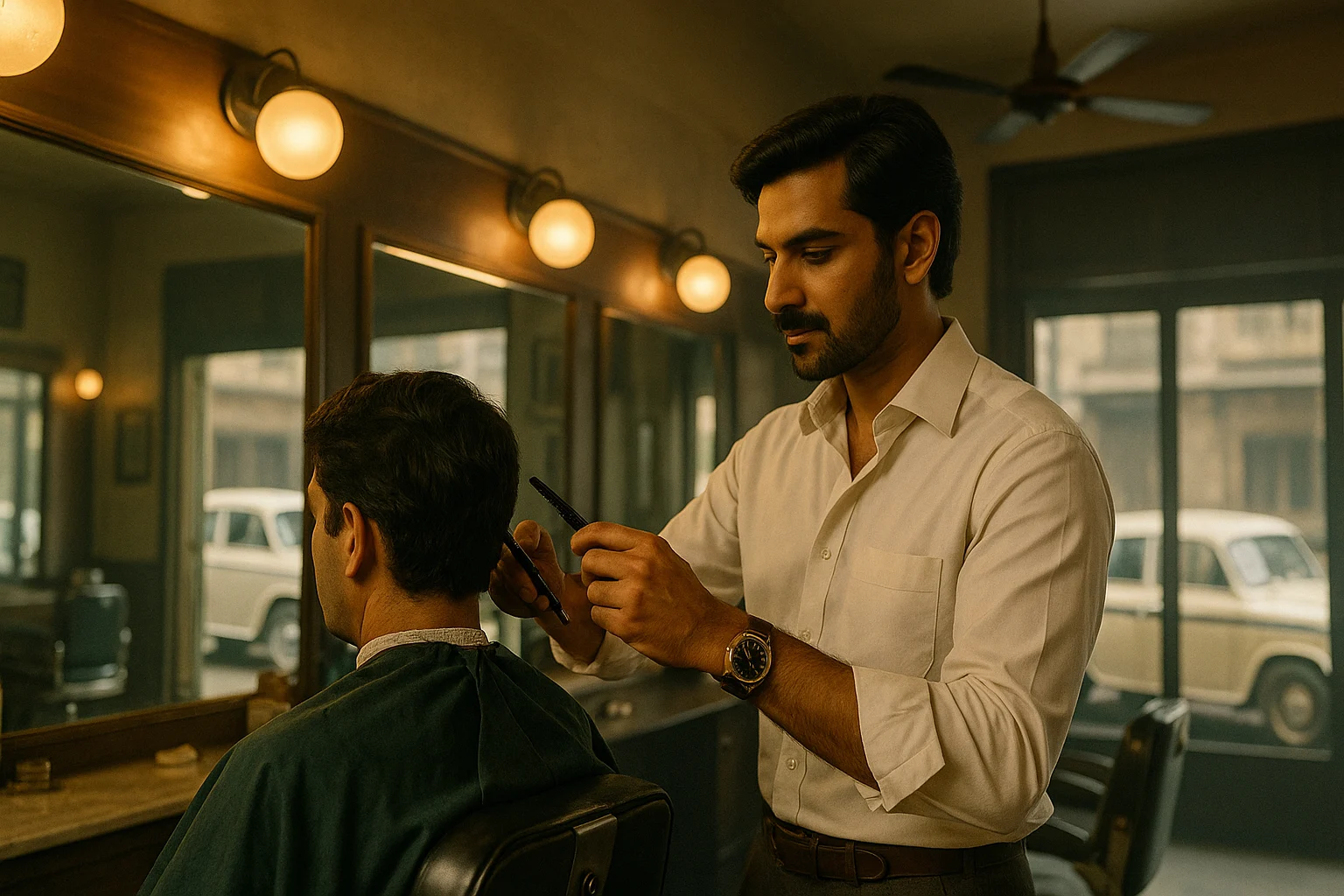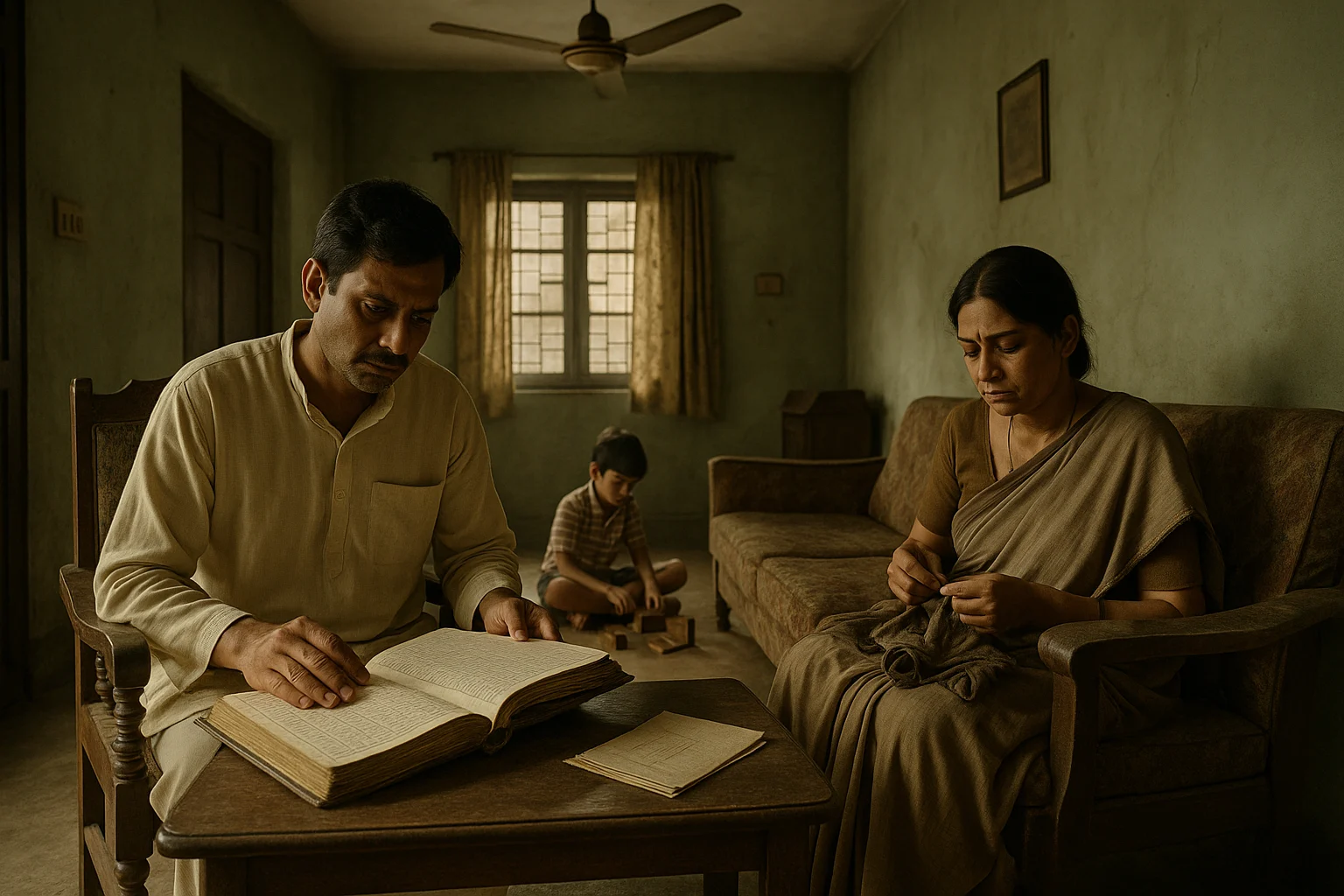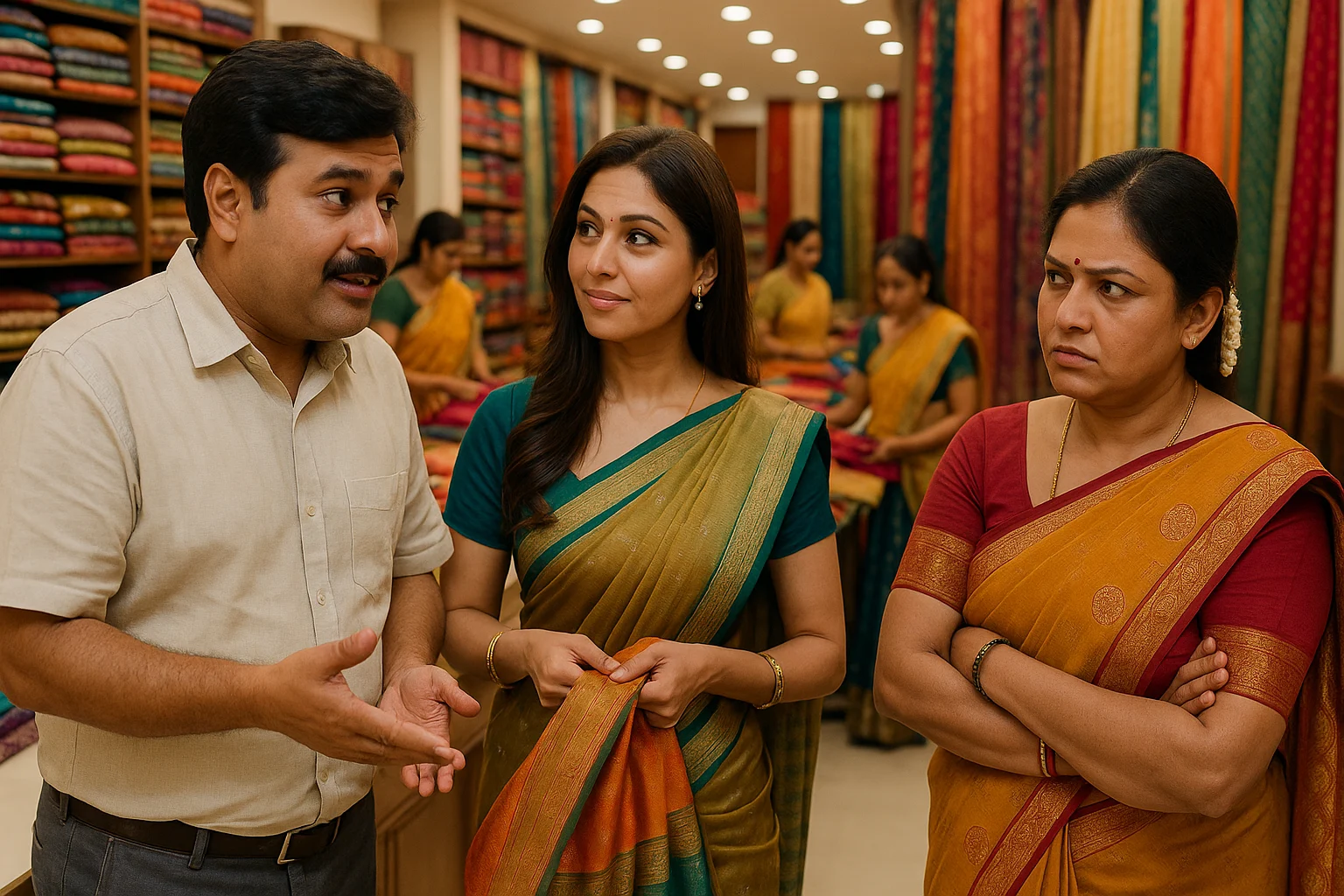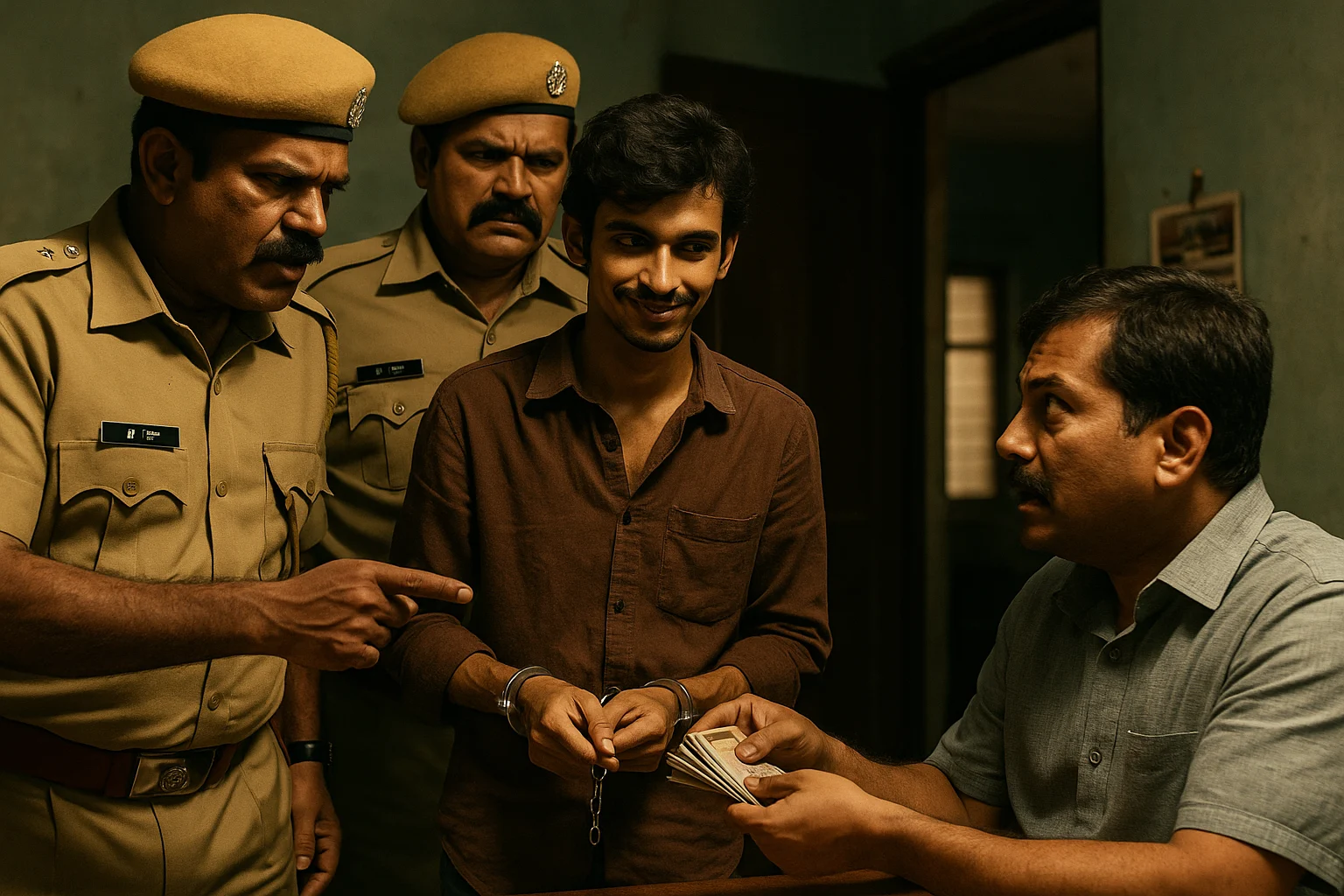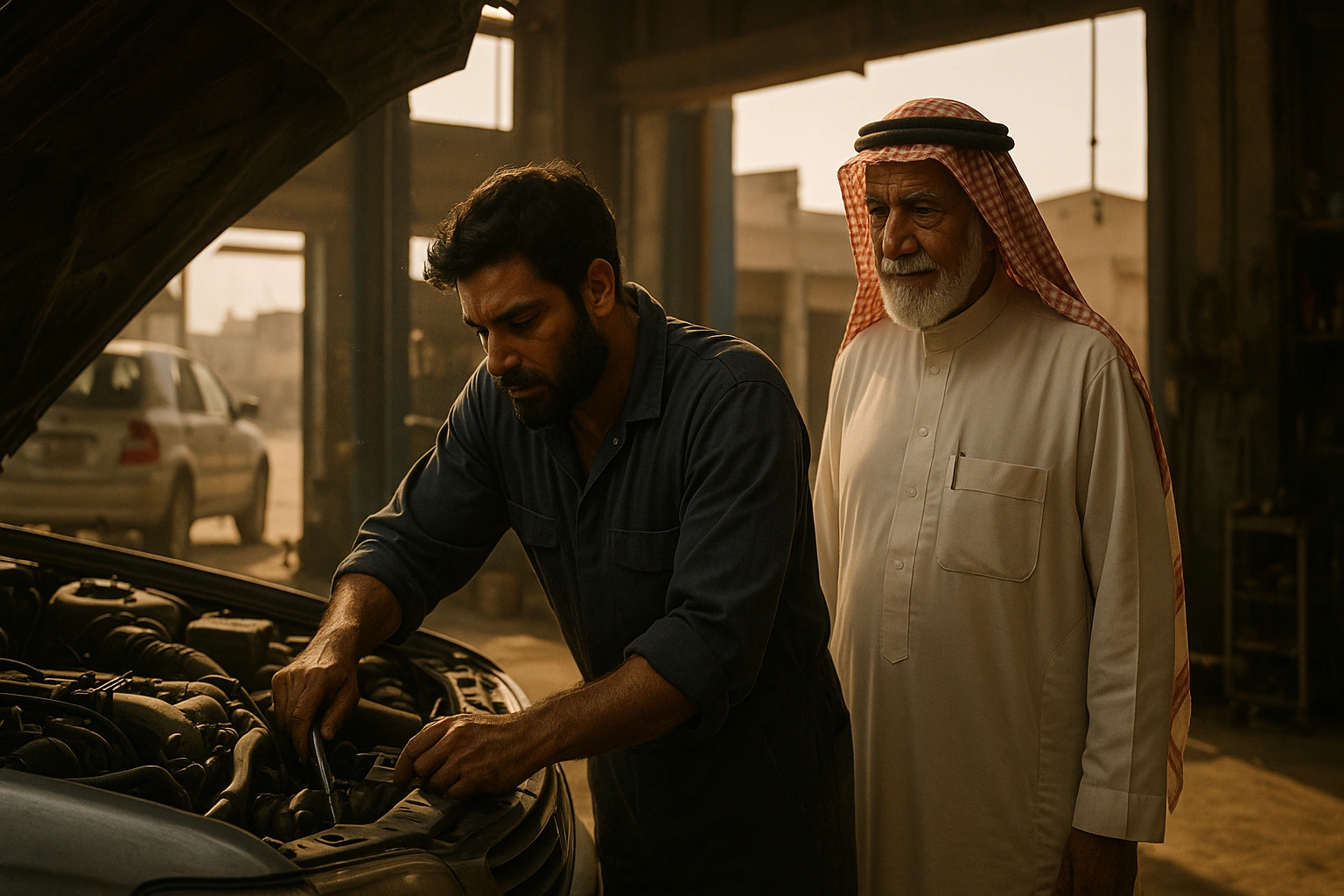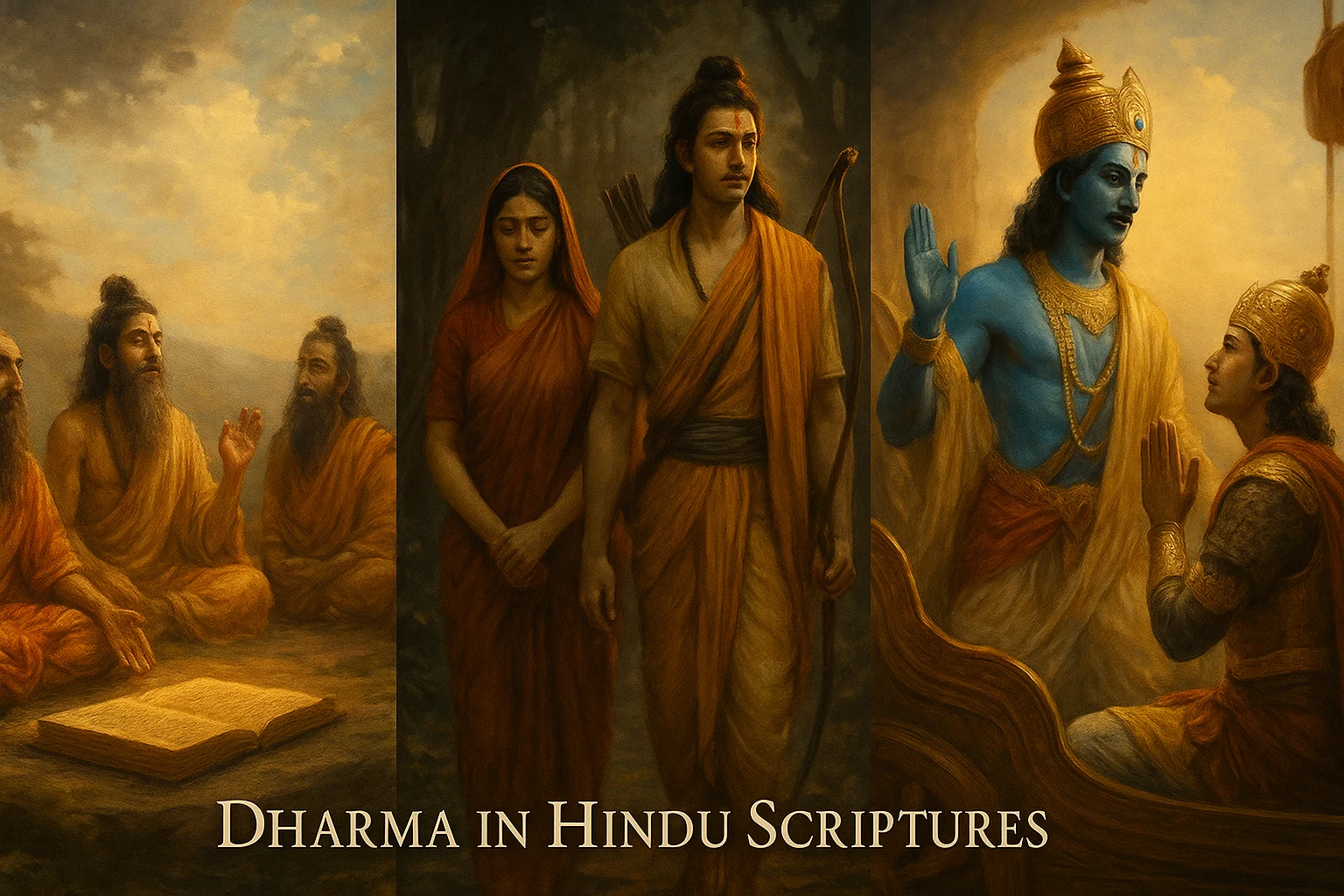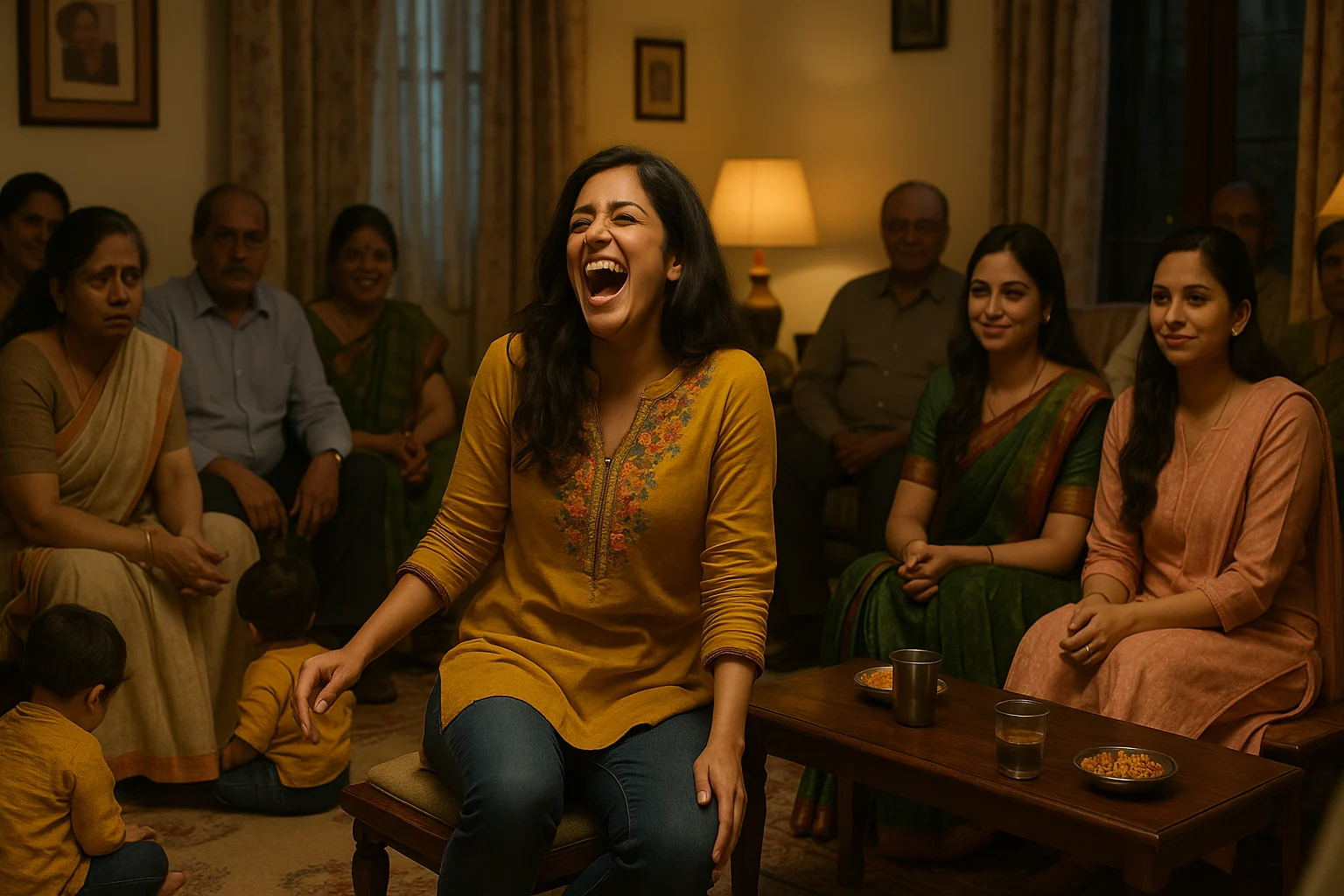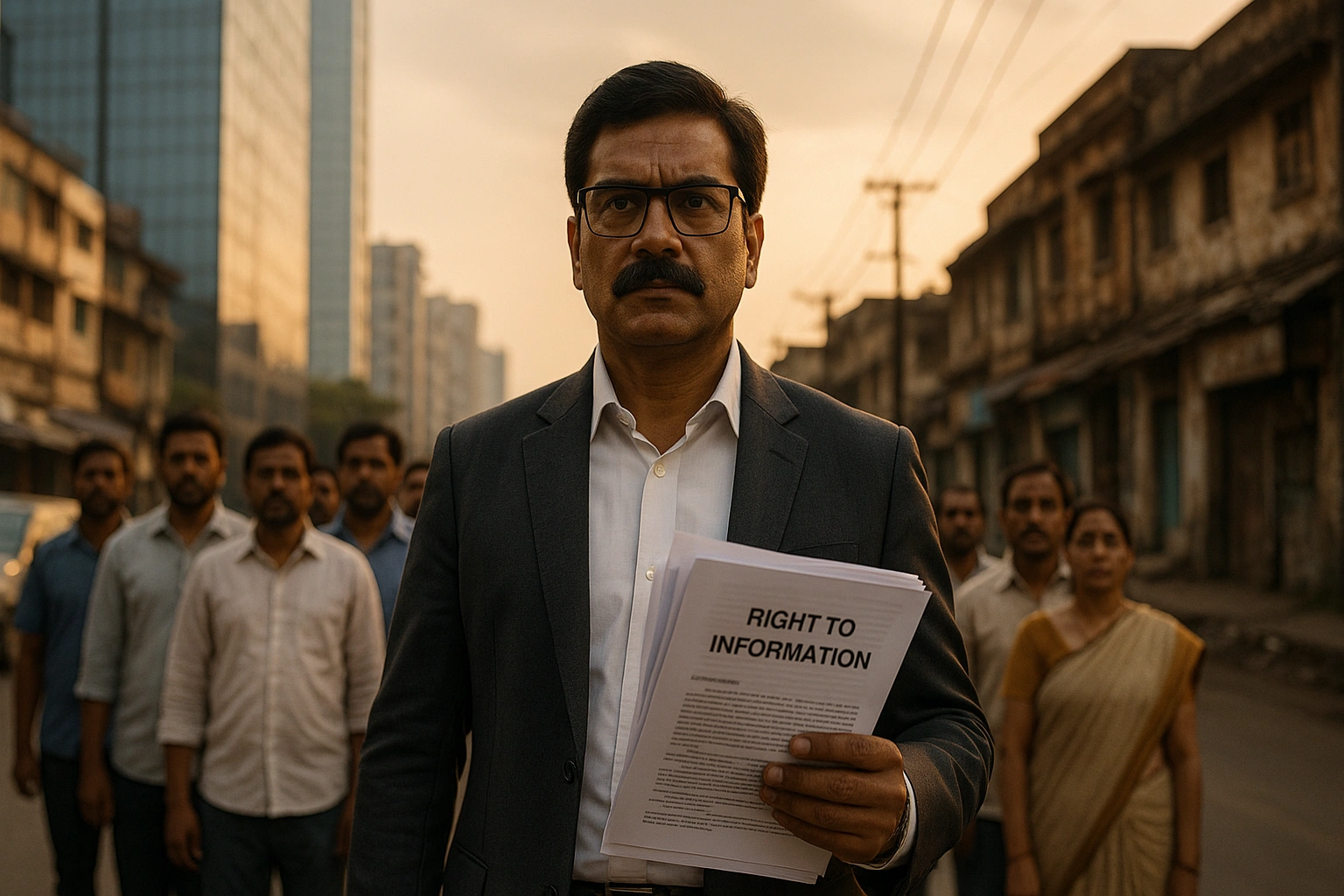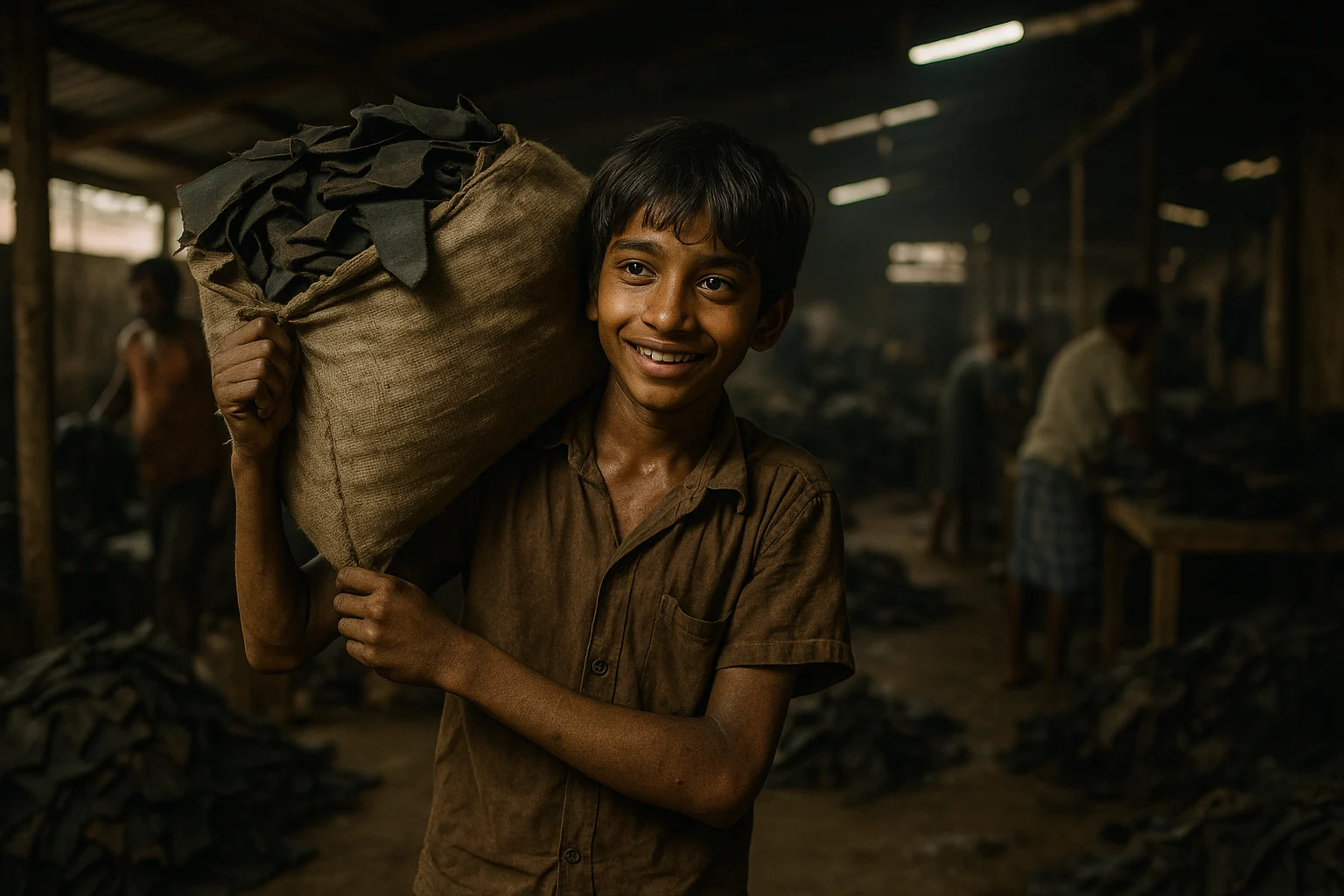Introduction
Pattachitra, one of India’s most ancient and cherished art traditions, originates from the vibrant state of Odisha. The word Pattachitra comes from Sanskrit—“Patta” meaning cloth and “Chitra” meaning painting. As the name suggests, these are paintings on cloth, created with natural colors, telling stories of gods, myths, folklore, and daily life.
Dating back more than a thousand years, Pattachitra is more than an art form—it is an embodiment of devotion. Rooted in Odisha’s Jagannath culture, it has preserved timeless tales from the Mahabharata, Ramayana, Bhagavata Purana, and other sacred texts. The art’s signature style—bold lines, intricate detailing, and absence of empty space—makes it instantly recognizable and deeply captivating.
This article explores the history, techniques, themes, cultural significance, and modern adaptations of Pattachitra while highlighting its journey from temple rituals to global recognition.

Historical Origins of Pattachitra
The earliest references to Pattachitra can be traced to ancient temple murals and palm-leaf manuscripts in Odisha. Historians believe the art was born out of devotional necessity. During the annual Anavasara ritual at Jagannath Temple in Puri—when the idols of Jagannath, Balabhadra, and Subhadra are kept away for a fortnight—the devotees were given Pattachitra paintings of the deities for worship.
Thus, Pattachitra functioned as a spiritual substitute for idols, ensuring continuity of rituals. Over centuries, the art expanded beyond religious contexts, portraying mythological scenes, social life, and nature.
Temples like Konark Sun Temple and Lingaraj Temple showcase murals closely resembling Pattachitra. This indicates that the tradition was not confined to cloth alone but was part of a larger Odia artistic culture. Royal patronage also boosted its prominence, making it both a ritualistic necessity and a cultural treasure.

Techniques and Materials
The magic of Pattachitra lies in its painstaking craftsmanship. The process remains largely unchanged for centuries, emphasizing natural materials and meticulous preparation.
Canvas (Patta) Preparation
- Artists coat cotton cloth with a mixture of chalk powder and tamarind seed gum.
- It is rubbed with stones or shells until smooth and leather-like.
- This durable surface forms the base for painting.
Natural Colors
- White – Powdered conch shells.
- Red – Mineral hingula.
- Yellow – Haritala
- Blue – Indigo plants.
- Black – Lamp soot.
No synthetic colors are used; the palette remains strictly natural, reflecting harmony with nature.
Brushes
Brushes are handmade, often using squirrel or rat hair, allowing fine detailing.

Distinctive Features
- Bold outlines with fine details.
- Dense compositions with no empty space.
- Figures with elongated eyes and sharp profiles.
- Decorative floral borders.
- Narratives presented in panels like storyboards.
Themes and Narratives
Pattachitra paintings are not abstract; they are visual scriptures. Every painting tells a story.
- Jagannath and Temple Rituals
Lord Jagannath, his siblings, and rituals like Rath Yatra and Naba Kalebara dominate many works. - Epics and Puranas
Tales of Krishna lifting Govardhan, Arjuna in Kurukshetra, or Rama’s exile are commonly painted. - Folk Stories and Nature
Village life, birds, animals, and forests form secular subjects. - Tantric and Shakti Themes
Goddess Durga, Kali, and tantric motifs add spiritual depth.
The themes ensure that Pattachitra remains not just decorative but also didactic—teaching values, devotion, and morals.

Raghurajpur: The Heritage Village
A discussion on Pattachitra is incomplete without Raghurajpur, a heritage crafts village near Puri. Every household here has at least one chitrakara (artist). The entire village is like an open-air museum, with walls painted in traditional motifs.
- Recognized by INTACH (Indian National Trust for Art and Cultural Heritage) as a heritage crafts village.
- Tourists flock here to buy authentic Pattachitra directly from artisans.
- Artists also perform Gotipua dance and engage in palm-leaf engraving, making Raghurajpur a holistic cultural hub.
This village symbolizes the continuity of tradition in its purest form.
Role of Women in Pattachitra
While historically dominated by men, women have increasingly contributed to Pattachitra.
- Women assist in preparing canvases and colors, but many now paint independently.
- They also preserve household traditions of ritual paintings during festivals.
- Some women artists from Raghurajpur and Puri have achieved national recognition, proving the inclusive nature of the craft.

Comparison with Other Indian Traditions
India has several classical painting traditions, but Pattachitra holds unique characteristics.
- Madhubani (Bihar): Both are narrative, but Madhubani uses bright, flat colors and geometric patterns, while Pattachitra emphasizes detailing and temple themes.
- Kalamkari (Andhra Pradesh): Like Pattachitra, Kalamkari is cloth-based but involves block printing and pen drawings with plant-based dyes.
- Phad Painting (Rajasthan): Phad narrates stories on scrolls, similar to Pattachitra, but uses broader figures and earthy tones.
This comparison highlights Pattachitra’s intricate style and Odia identity.
Cultural and Religious Importance
Pattachitra is deeply tied to Jagannath culture. Beyond Anavasara, scroll Pattachitras (Jatri Patis) were carried by pilgrims as souvenirs from Puri.
For artists, painting is sacred. They observe rituals, fasts, and prayers before painting. The brush becomes an extension of devotion, turning art into worship.
The art also connects with Odissi dance costumes, motifs, and stage designs, showing how Odisha’s art forms are interlinked.

Global Recognition and Modern Adaptations
Today, Pattachitra enjoys worldwide recognition.
- Exhibited in international museums and art fairs.
- Adapted into sarees, dupattas, handbags, jewelry, and wall décor.
- Digital platforms allow global buyers to directly access artisan products.
Challenges
- Imitations and machine-prints threaten authenticity.
- Younger generations often prefer modern professions, causing a skill gap.
Preservation Efforts
- GI (Geographical Indication) Tag granted to Odisha Pattachitra, protecting authenticity.
- Government and NGOs run training workshops.
- Online platforms promote direct artisan sales.
Stories of Renowned Artists
- Ananta Maharana – Known for large-scale temple Pattachitras in Puri.
- Dukha Maharana family of Raghurajpur – Generational custodians of this tradition.
- Many artisans have received Padma Shri and national awards, bringing pride to Odisha.
Pattachitra Beyond Odisha
Though primarily Odia, similar traditions exist in Bengal (Chalchitra and Kalighat paintings). However, Odisha’s Pattachitra remains distinct with its Jagannath-centric devotion and elaborate ornamentation.

Conclusion
Pattachitra of Odisha is a living heritage, blending spirituality, storytelling, and artistic mastery. From temple rituals in Puri to global exhibitions, it has traveled far yet remains rooted in Odia soil.
The devotion of chitrakaras ensures that Pattachitra will not fade. Instead, it will inspire generations, reminding us that art is not just creation, but worship and identity.
Receive Stories and Articles in your Inbox!
We won’t send any promotional or spam emails.






















